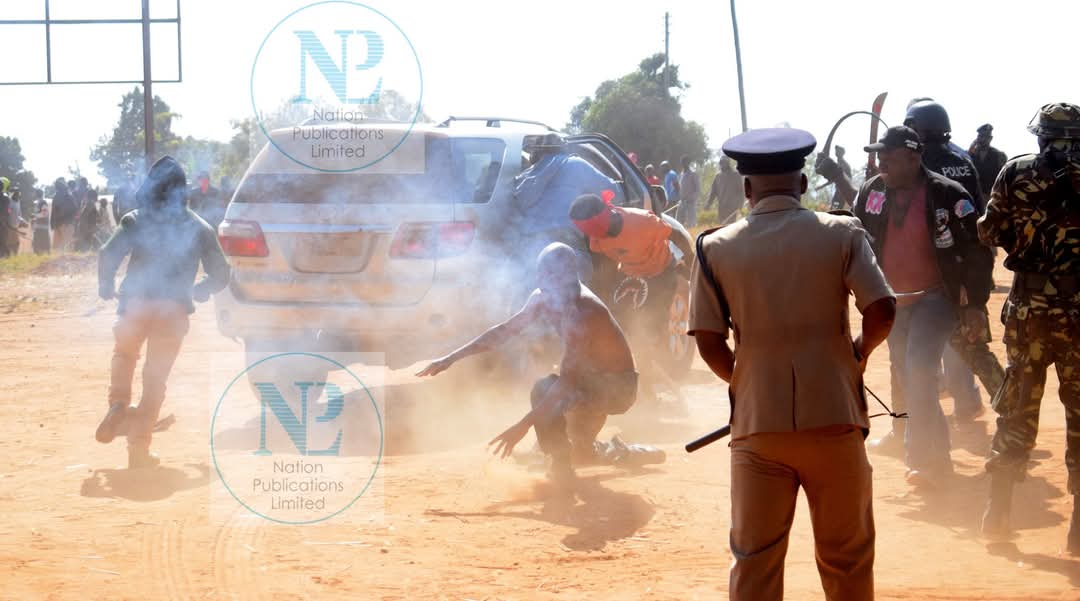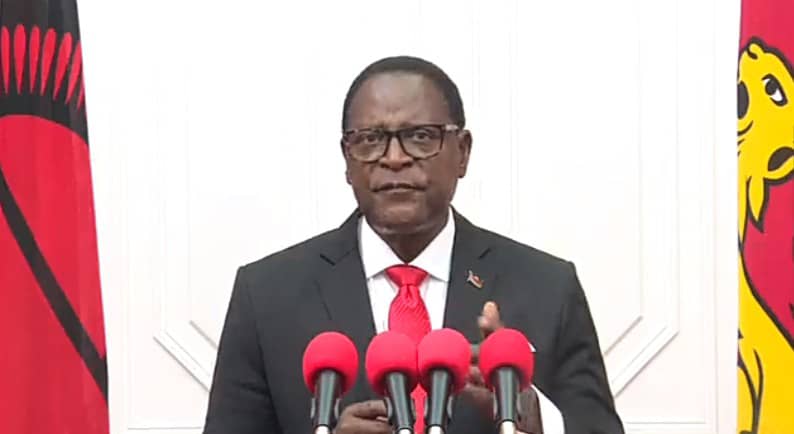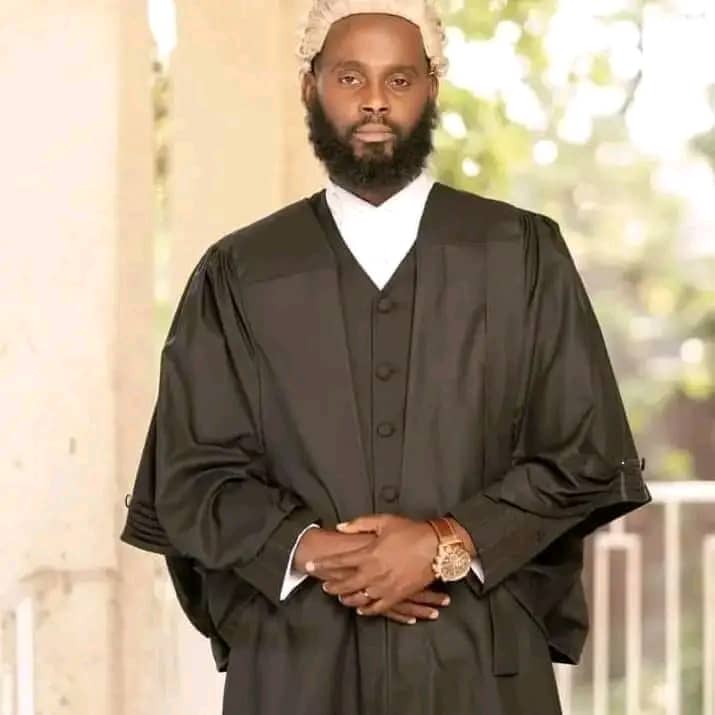By Burnett Munthali
There is something profoundly disturbing about a society where state security officers reach for teargas before they extend a hand to protect.
In the heart of Lilongwe, as demonstrators gathered to exercise their constitutional rights, chaos erupted—not because of uncontrolled violence, but because of deliberate state response rooted in fear, force, and failure.
One must ask: how do the police justify firing teargas at crowds when the real perpetrators of violence are left untouched?
How do they explain targeting groups of peaceful protesters while allowing known instigators—sometimes even captured on camera—to walk away unscathed?
What logic, what strategy, what sense of duty instructs a law enforcement officer to first unleash smoke and pain upon civilians before even attempting to identify those causing actual harm?
It’s as if pain has become the language of order, and punishment the new face of prevention.
Malawians watched in disbelief as activists like Sylvester Namiwa were attacked in broad daylight—his clothes torn, his dignity assaulted—while police and military stood by.
And yet, moments later, the same police could find the strength to load canisters, aim, and fire at crowds made up of people whose only weapon was their voice.
How does one explain this?
How do you fail to arrest men seen assaulting a public figure but manage to scatter unarmed citizens using teargas within minutes?
To say these actions are misguided is an understatement—they are brutal, unjust, and cowardly.
People now whisper with conviction that those who get arrested are not necessarily those who commit crime, but those who are poor, loud, or inconvenient to the powerful.
When officers appear to recognize the attackers but pretend not to, when they act as though they are shielding familiar faces, then the very meaning of protection loses its truth.
Malawians are not blind.
We see who gets chased, who gets ignored, and who gets defended by silence.
And so, the question is not just “Why did they fire teargas first?”—but also, “Who taught them to fear the truth more than violence?”
When the state uses gas to cloud the air before justice can be seen, it sends a message that truth is dangerous and silence is safer.
But the pain in the eyes of innocent civilians—tears from gas, fear, and betrayal—will never be wiped away by official statements or delayed apologies.
This is not law and order.
This is repression disguised as control.
And until we fix this, we will keep breathing smoke instead of freedom, and crying not just from teargas, but from broken trust.




